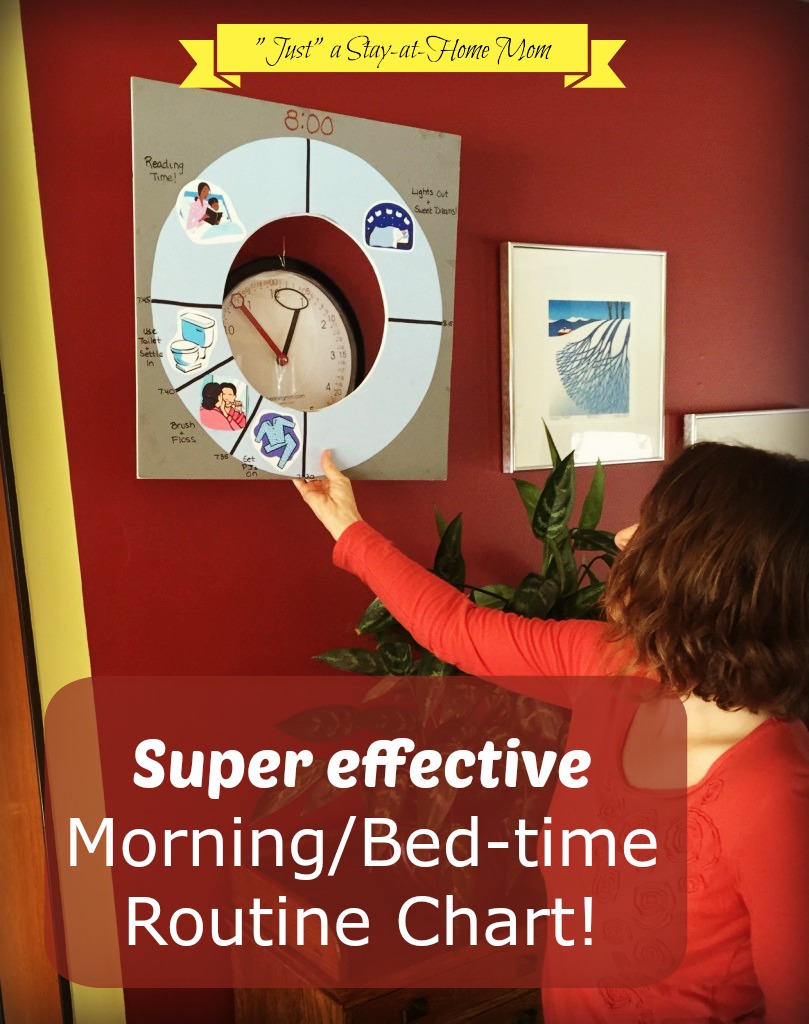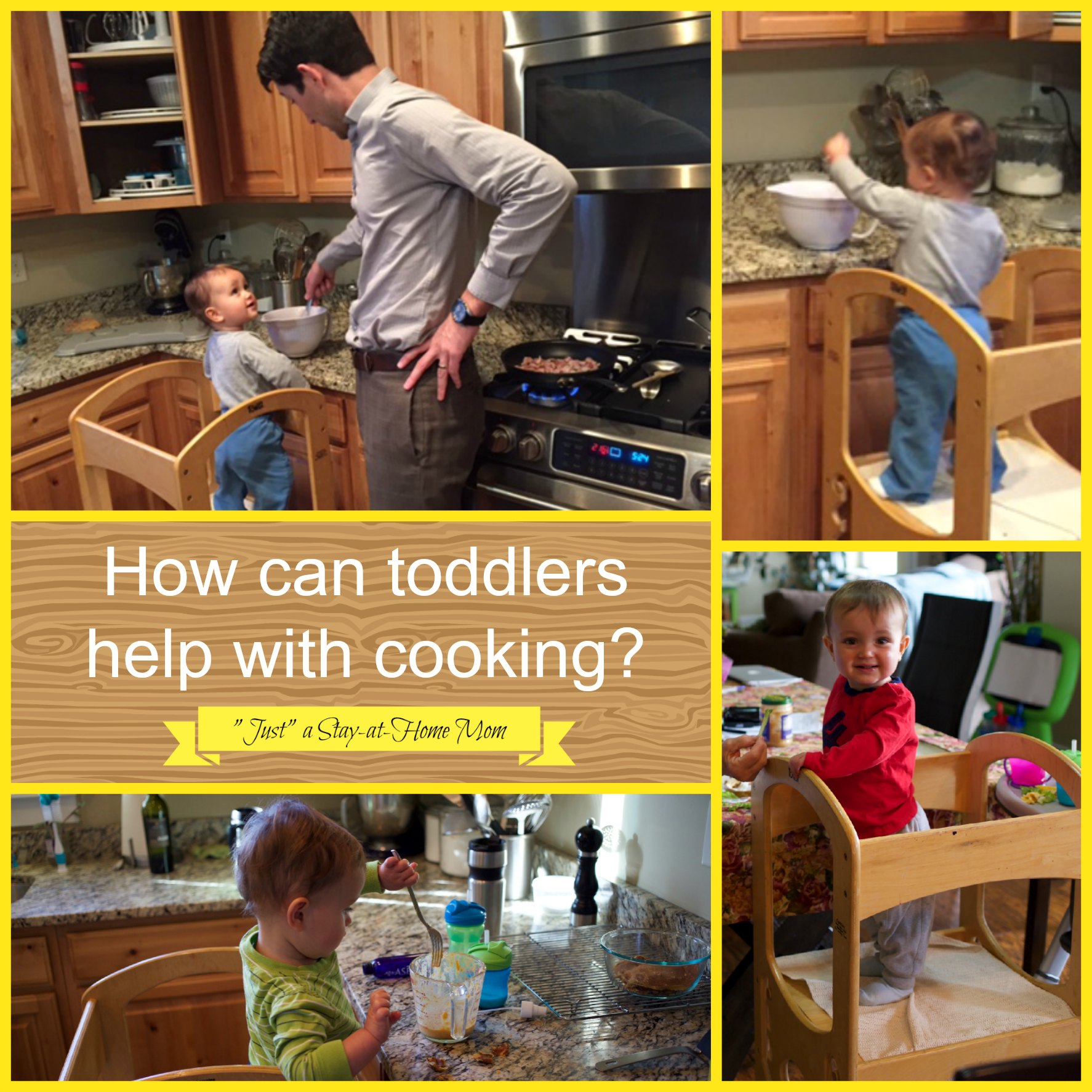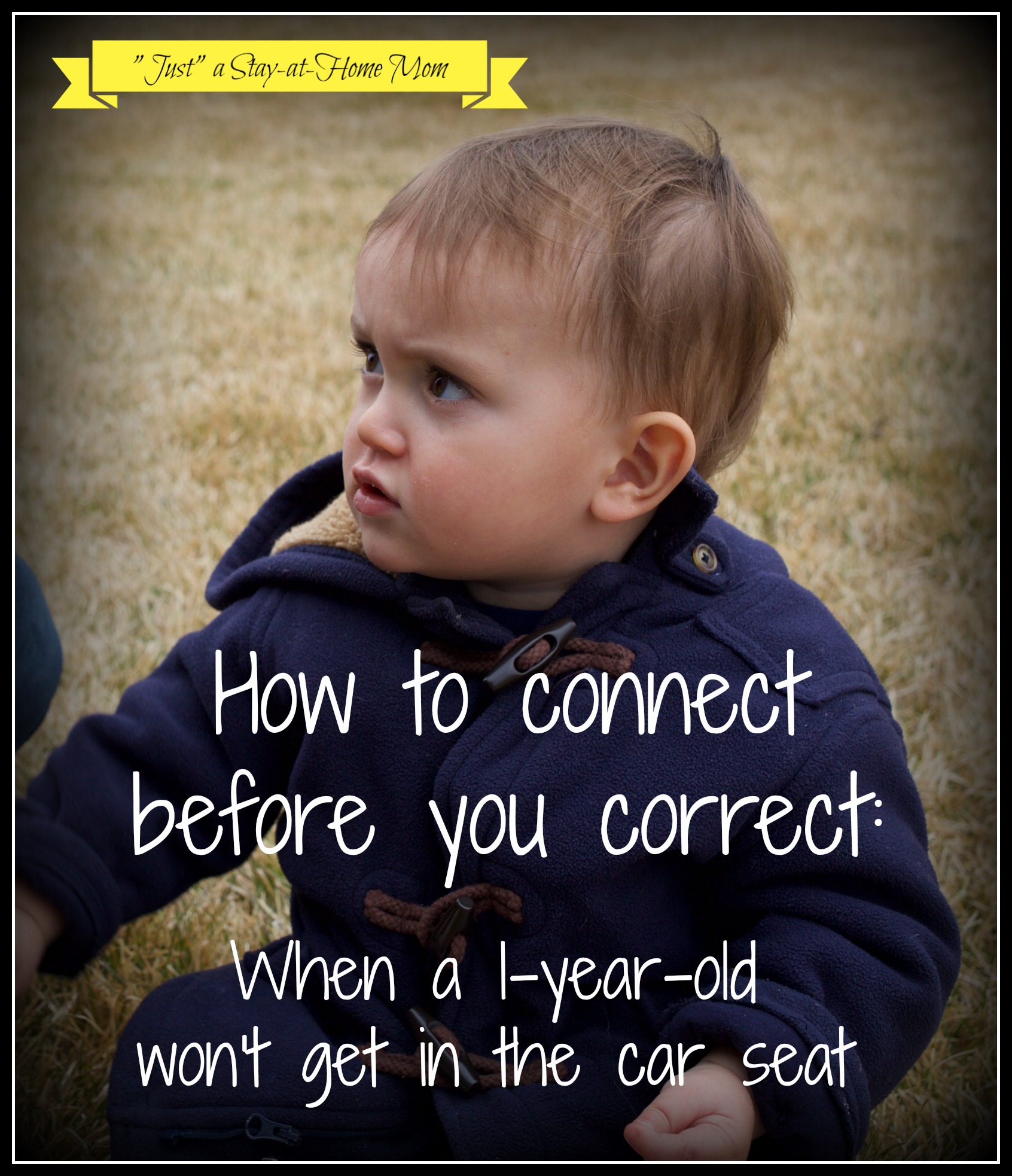Category: Positive Discipline
-

Amazing morning/bedtime routine chart
This is NOT your typical morning/bed-time routine chart, and that is what I LOVE about it! When I recently was interviewing an 11-year SAHM, Kerry, I noticed this genius idea on her wall and begged her to be able to share it. I have never seen a chart used like this and I LOVE it!…
-

Ways to involve your toddler in the kitchen
If your 1-year-old is like mine, they LOVE to be involved with cooking (or anything you are doing in the kitchen)! My Chunky Monkey loves to sweep too. These are aspects that Montessori calls “Practical Life” lessons. When a child has ways that they can be involved in the daily activities (cooking and cleaning), they…
-

What to do when your 1-year-old won’t get in the car seat
This is a tiny example of using the Positive Discipline tool of “Connect before you correct”. I am NOT saying this will always work, but I had a tiny success moment the other day and thought I would share it, in case it could help another parent. We were leaving Music Together class (where my…